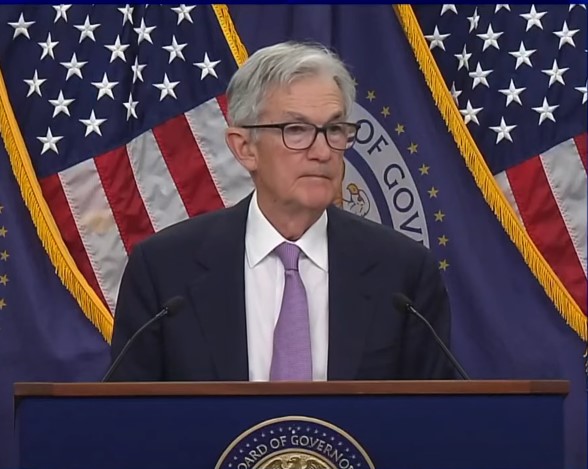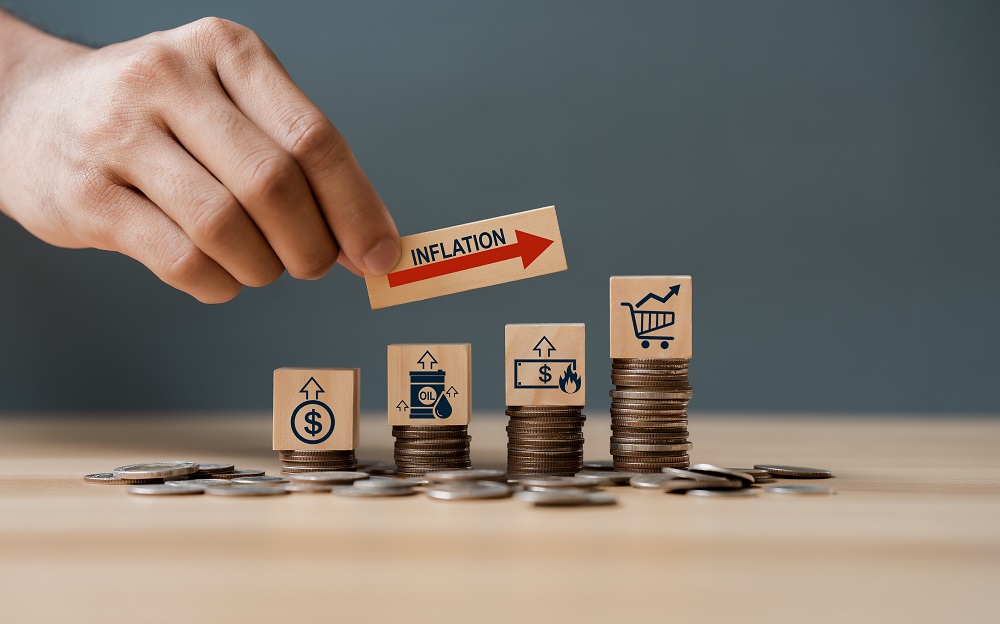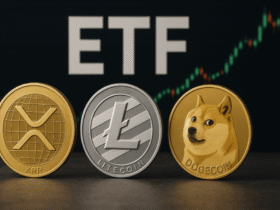Why does the US Federal Reserve, no zero%inflation? Asks the community.
Bitcoin’s potential deflation due to its limited offer to encourage savings.
An inflation of 2% is the compass that guides the Federal Reserve (FED) of the United States, while sailing in the turbulent ocean created by its own monetary policy. This was confirmed yesterday by its president Jerome Powell, when he said that the Central Bank does not plan to change its inflation goal of 2% “in the short term.”
Powell emphasized that this goal is A kind of “global standard” And “it has served us well for a long period of time”, so you have “no interest in changing it.” And he added That changing the inflation goal should not be considered particularly at a time like this, when there are still no reasons to do so.
But why are these types of decisions historical?, He wonders The community in the search to understand why the cuts of interest rates occur every time inflation has risen above 2.5%? Why is it so crucial to maintain inflation by 2% and not aspire to a zero level?
The reasoning of economists to explain their policy is in published documents By the United States Reserve Bank itself, in which it is argued that one of the primary reasons is to avoid deflation, a scenario in which the prices of goods and services consistently fall.
Although initially it might seem favorable, deflation can lead to a negative spiral, says Fed economists say that under these scenarios, consumers postpone purchases waiting for even lower prices, which reduces demand, causes falls in income and It can culminate in a recession. Maintaining 2% inflation acts as a shock absorber against this “deflationary trap.”
According to Fed economists, 2% inflation also helps anchor inflationary expectations, influencing spending, investment and salary negotiation decisions. If the public awaits low, but stable inflation, avoid cycles where price or salaries are required, anticipating greater inflation, which could destabilize the economy.

Criticism of Fed policies move around the digital world
However, these types of policies, designed by Fed economists, have been questioned for years In social networks. One of the users of these digital platforms invites you to think distrusting the narrative that suggests that deflation is a problemas is seen from the traditional financial system. And in this regard he points out: «Stable money is important. The slow fall in prices is a rule, not damage. For example: Is it true that no one is going to buy a cell phone today because the price is falling? Of course not. The nonsense exposes itself, ”he says.
Another user adds skepticism: «The production of a country creating more money for banks is less than the annual increase in productivity. Essentially, the effects of the increase in production hide the damage caused by inflation of 2%».
However, this traditional Fed approach contrasts markedly with the Bitcoin ecosystem inflation model. Unlike the controlled and constant inflation that the Fed seeks, Bitcoin operates with decreasing and programmed inflation. Since its inception, the inflation rate of the pioneer digital currency has decreased every four years thanks to an event known as Halving, which reduces the reward for undermining new Bitcoin coins. At the moment, Bitcoin’s annual inflation It is approximately 1.75%, and with a supply limited to 21 million units, it is intended to approach zero.
While the Fed adjusts interest rates and performs open market operations to control inflation, Bitcoin has no such mechanism. Its monetary policy is programmed in the code of its protocol, creating a system in which inflation is a direct result of the supply and demand of Bitcoin in the market, not of the decisions of a central institution.
The economic impact of these two approaches is equally divergent. The inflation of 2% of the Fed is seen, by its economists, as a balance that promotes growth and employment without extreme risks. Bitcoin, on the other hand, with its limited offer, encourages savings that the expense, asking questions about its effectiveness as a means of exchange in the face of its potential as a value warehouse.
The comparison between these two economic visions underlines Fed obsession to maintain 2% inflation Without understanding that Bitcoin challenges these conventions by presenting a model in which inflation is managed through the code and not by human policies that have not proven to be as effective as those that Satoshi Nakamoto designed for Bitcoin.






Leave a Reply